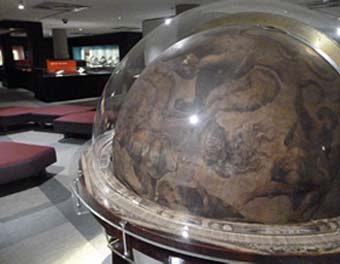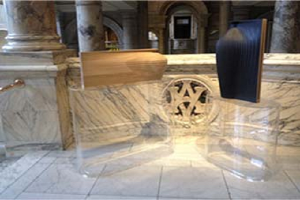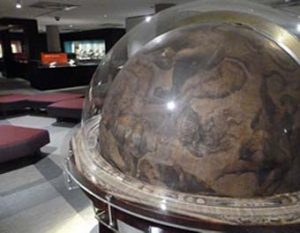Acrylic dome blowing is a captivating and intricate process that combines artistry with scientific precision to create stunning domes used in various applications, from architectural design to underwater exploration. In this in-depth guide, we delve into the fascinating world of acrylic dome blowing, exploring its history, techniques, applications, and the underlying science behind this unique craft.
History of Acrylic Dome Blowing
The origins of acrylic dome blowing can be traced back to the mid-20th century, when acrylic, a versatile and durable thermoplastic, gained popularity in various industries. Initially used in military applications such as aircraft canopies due to its lightweight and shatter-resistant properties, acrylic soon found its way into civilian domains, including architecture and marine exploration.
Techniques of Acrylic Dome Blowing
Acrylic dome blowing involves several intricate techniques that require a combination of skill, precision, and specialised equipment. The process typically begins with the preparation of acrylic sheets, which are heated to a specific temperature to make them pliable. Once heated, the sheets are carefully manipulated using moulds or forms to achieve the desired dome shape. This shaping process requires expertise to ensure uniform thickness and structural integrity.
Applications of Acrylic Domes
The versatility and durability of acrylic make it ideal for a wide range of applications, and acrylic domes are no exception. These domes find use in architectural design, where they serve as skylights, observation decks, and architectural features, adding aesthetic appeal while allowing natural light to enter interior spaces. In the marine industry, acrylic domes are utilised in submersibles and underwater habitats, providing panoramic views of the ocean depths while withstanding the immense pressure exerted by water.
The Science Behind Acrylic Dome Blowing
At its core, acrylic dome blowing is a marriage of art and science, with the physical properties of acrylic playing a crucial role in the process. Acrylic, also known as polymethyl methacrylate (PMMA), exhibits excellent optical clarity, making it an ideal material for transparent structures like domes. Its high impact resistance and UV stability ensure durability and longevity, essential characteristics for applications exposed to harsh environments.
Furthermore, the thermoforming process involved in acrylic dome blowing relies on the material’s thermal properties. By heating acrylic sheets to their softening point, they become malleable enough to be shaped into complex forms without compromising their structural integrity. The cooling process then solidifies the acrylic, locking it into the desired shape.
Conclusion
Acrylic dome blowing is a captivating blend of artistry and engineering, yielding visually stunning structures that serve diverse purposes across various industries. From architectural marvels to underwater exploration, acrylic domes continue to push the boundaries of design and innovation. As technology advances and materials evolve, the possibilities for acrylic dome blowing are limitless, promising a future filled with even more remarkable creations. Whether illuminating interiors with natural light or offering breathtaking views of the ocean depths, acrylic domes stand as testaments to human ingenuity and creativity.










